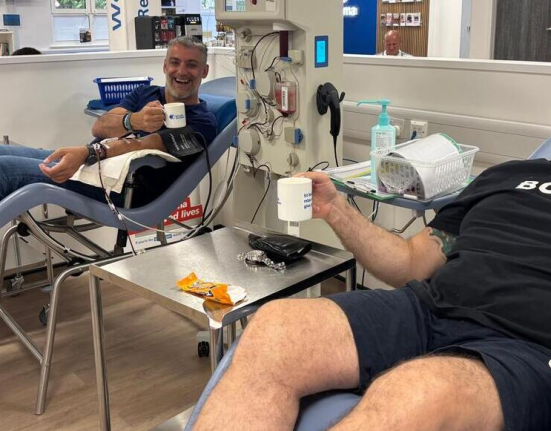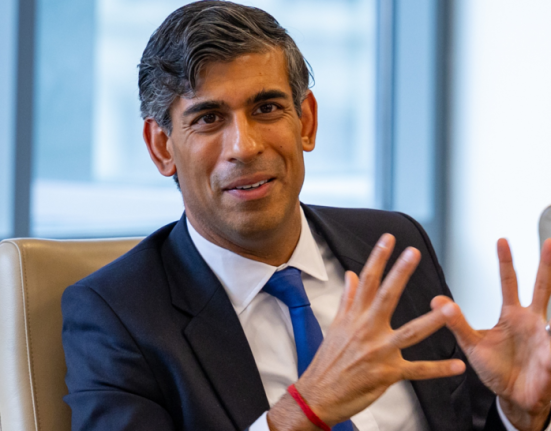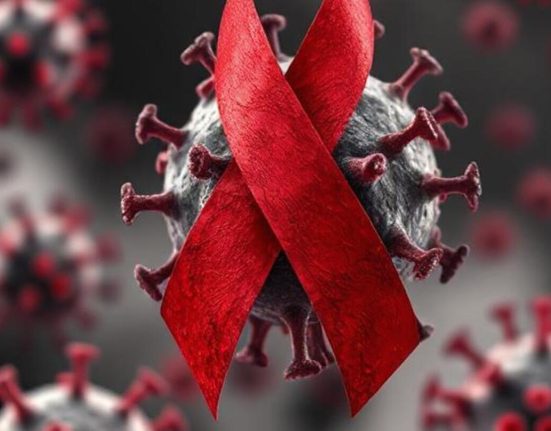Decline, diversity and reinvention
Post-war boom and the beginning of change
When the Second World War ended in 1945, Wolverhampton’s industries roared back to life. Factories that had switched to wartime production quickly returned to civilian goods. Engineering works, foundries, and vehicle manufacturers benefited from post-war reconstruction across Britain and its overseas markets. Jobs were plentiful, and living standards gradually rose.
But beneath the optimism, change was coming. By the 1970s, global competition, new technologies, and the decline of Britain’s heavy industry began to bite. One by one, factories closed or downsized. Iconic names such as Sunbeam faded, and once-busy foundries fell silent. Unemployment rose sharply, leaving parts of the city struggling to adapt.
The Windrush generation and new communities
As Britain rebuilt after the war, workers were recruited from across the Commonwealth to fill labour shortages. Wolverhampton became home to many Caribbean migrants, particularly from Jamaica, Trinidad and Tobago, and Barbados, as well as South Asian families from India, Pakistan, and later Bangladesh.
These communities transformed the city’s culture. New businesses, shops, and places of worship sprang up, introducing flavours, fashions, and traditions that enriched Wolverhampton’s identity. Caribbean carnival processions, Diwali celebrations, and Sikh gurdwaras became familiar parts of the local calendar.
Economic struggle and social tension
The 1970s and 1980s were tough decades. The closure of factories hit working-class communities hardest, and racial tensions sometimes flared amid economic hardship. Wolverhampton, like many industrial towns, became a focal point for debates about immigration, employment, and identity.
Yet amid the challenges, grassroots activism and community groups worked to bridge divides. Cultural festivals, education projects, and youth programmes helped foster greater understanding and pride in the city’s diversity.
Urban renewal and regeneration
By the late 20th and early 21st centuries, Wolverhampton was looking to reinvent itself. Regeneration schemes targeted derelict industrial sites, turning them into housing, retail, and commercial spaces. The city’s canals – once vital industrial arteries – were cleaned and redeveloped, creating new leisure routes.
The Wolverhampton Interchange project transformed the rail and bus stations into a modern transport hub, while investment in the University of Wolverhampton bolstered the city’s role as a regional education centre. The Grand Theatre, Civic Hall, and Art Gallery continued to attract visitors, ensuring arts and culture remained central to the city’s appeal.

Wolves and civic pride
Throughout its ups and downs, Wolverhampton Wanderers Football Club has been a source of local pride and identity. The Molineux Stadium became a symbol of resilience, with the club’s highs and lows often mirroring those of the city itself. The team’s recent successes in the Premier League have rekindled a sense of optimism and brought Wolverhampton into the national sporting spotlight.
Looking to the future
Today, Wolverhampton is positioning itself for the 21st century. Investment in green technologies, creative industries, and digital skills aims to attract new businesses and jobs. The city’s diverse communities remain one of its greatest strengths, reflected in a food scene that ranges from traditional Black Country fare to global street food markets.
While the challenges of post-industrial transition are far from over, Wolverhampton’s history shows a city that has repeatedly adapted and endured. From Lady Wulfrun’s settlement to the clang of industrial hammers, from immigrant pioneers to urban innovators, Wolverhampton’s story is one of reinvention.
As Part One traced the city’s beginnings and Part Two charted its industrial glory, this chapter reminds us that the past is never truly gone – it shapes the present, and guides the path to the future.







